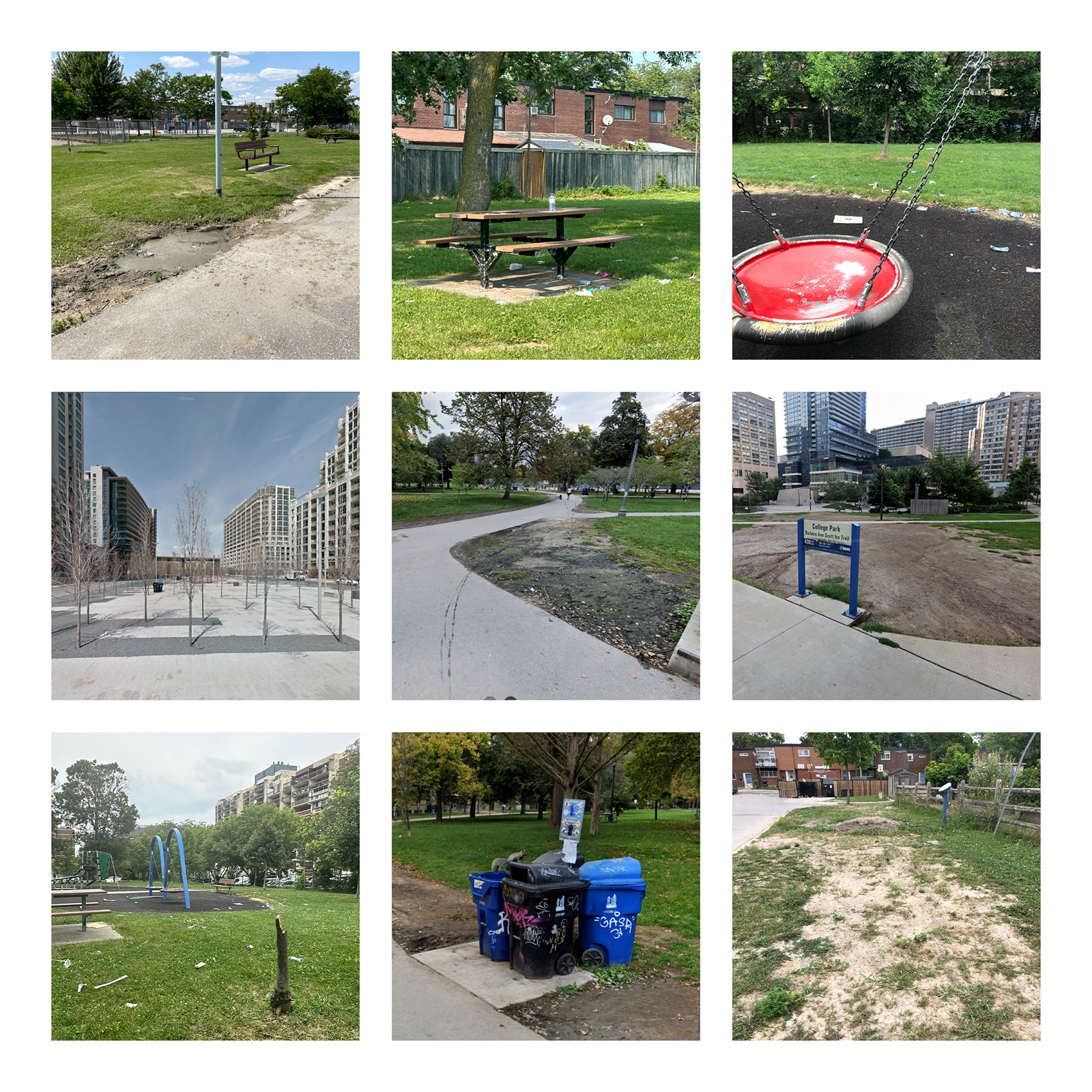This might be just as good in the Toronto Parks thread, but I'm seeing calls on the Mayor to make this a priority for the year ahead and parks revitalization could be a big win going into next year's election for her.
Recent Auditor General reports exposed deep-rooted inefficiencies and systemic issues in Toronto’s Parks & Recreation (P&R) Division. Despite these challenges, P&R is staffed by many dedicated public servants who understand the problems facing Toronto’s parks and work tirelessly to address them...
spacing.ca
There's plenty more in the article but here's an excerpt:
"Toronto has over 1,500 parks, many built decades ago, often without a designer on record, and they no longer meet the needs of the diverse communities they serve. For example, many parks are predominantly comprised of single-purpose sports fields that are rarely used. Can these public assets do more?
While the “Recreation” arm of the division remains robust, parks today extend far beyond leisure and sport; they are a form of critical urban infrastructure with overlapping benefits. Parks mitigate climate risks (heat, pollution, stormwater), support biodiversity, improve health (physical and mental), and boost economic vitality; yet they’re treated as expendable.
[...]
As the City searches for a new P&R Director, we have a chance for bold, systemic reform. Here are eight key actions Toronto could adopt:"
Titles of those key actions:
1. Consider Parks as Urban Infrastructure
2. Create Nuanced Park Typologies
3. Strengthen the Design–Maintenance Nexus
4. Place-keeping Acknowledges the Land
5. Parks Are Cultural Assets
6. Create a Vibrant Park Economy
7. Innovative Funding Sources
8. Trust the Experts
The author wraps up the article with this fun mockup
View attachment 671949
I meant to share this recently but forgot - I saw a meme online and the video it used was of park staff at Champ-de-Mars, next to the Eiffel Tower, moving garbage bins that are used in the park. They're not much better than our unsightly ones, but what struck me was that they're moved by a golf cart -- not a F250 or huge garbage truck in a park. Grass getting ripped up is on the radar of several Councillors and some have moved motions relating to the issue... but change cannot come soon enough imo
View attachment 671948






